he first human settlements in Barcelona date back to Neolithic times. The city itself was founded by the Romans who set up a colony called Barcino at the end of the 1st century BC. The colony had some thousand inhabitants and was bounded by a defensive wall, the remains of which can still be seen in the old town.
For over 200 years, Barcelona was under Muslim rule, and, following the Christian reconquest, it became a county of the Carolingian Empire and one of the main residences of the court of the Crown of Aragon. The fruitful medieval period established Barcelona's position as the economic and political centre of the Western Mediterranean. The city's Gothic Quarter bears witness to the splendour enjoyed by the city from the 13th to the 15th centuries.
From the 15th to 18th centuries Barcelona entered a period of decline, while it struggled to maintain its economic and political independence. This struggle ended in 1714, when the city fell to the Bourbon troops and Catalonia's and Catalans' rights and privileges were suppressed.
A period of cultural recovery began in the mid-19th century with the arrival of the development of the textile industry. During this period, which was known as the Renaixenca, Catalan regained prominence as a literary language.
The 20th century ushered in widespread urban renewal throughout Barcelona city, culminating in its landmark Eixample district, which showcases some of Barcelona's most distinctive Catalan art-nouveau, or modernista, buildings. The Catalan Antoni Gaudí, one of the most eminent architects, designed buildings such as the Casa Mila (known as La Pedrera, the Catalan for stone quarry), the Casa Batllo and the Sagrada Família church, which have become world-famous landmarks.
The freedoms achieved during this period were severely restricted during the Civil War in 1936 and the subsequent dictatorship. With the reinstatement of democracy in 1978, Barcelonasociety regained its economic strength and the Catalan language was restored. The city's hosting of the 1992 Olympic Games gave fresh impetus to Barcelona's potential and reaffirmed its status as a major metropolis.
In 2004, the Forum of Cultures reclaimed industrial zones to convert them into residential districts. An example of the renewed vigour with which Barcelona is looking towards the 21st century.
|
Taxi to see Gaudi's Master Pieces.
|
W
e rented a cab to drive us around to see the local street views before we visited the Guadi architecture buildings!
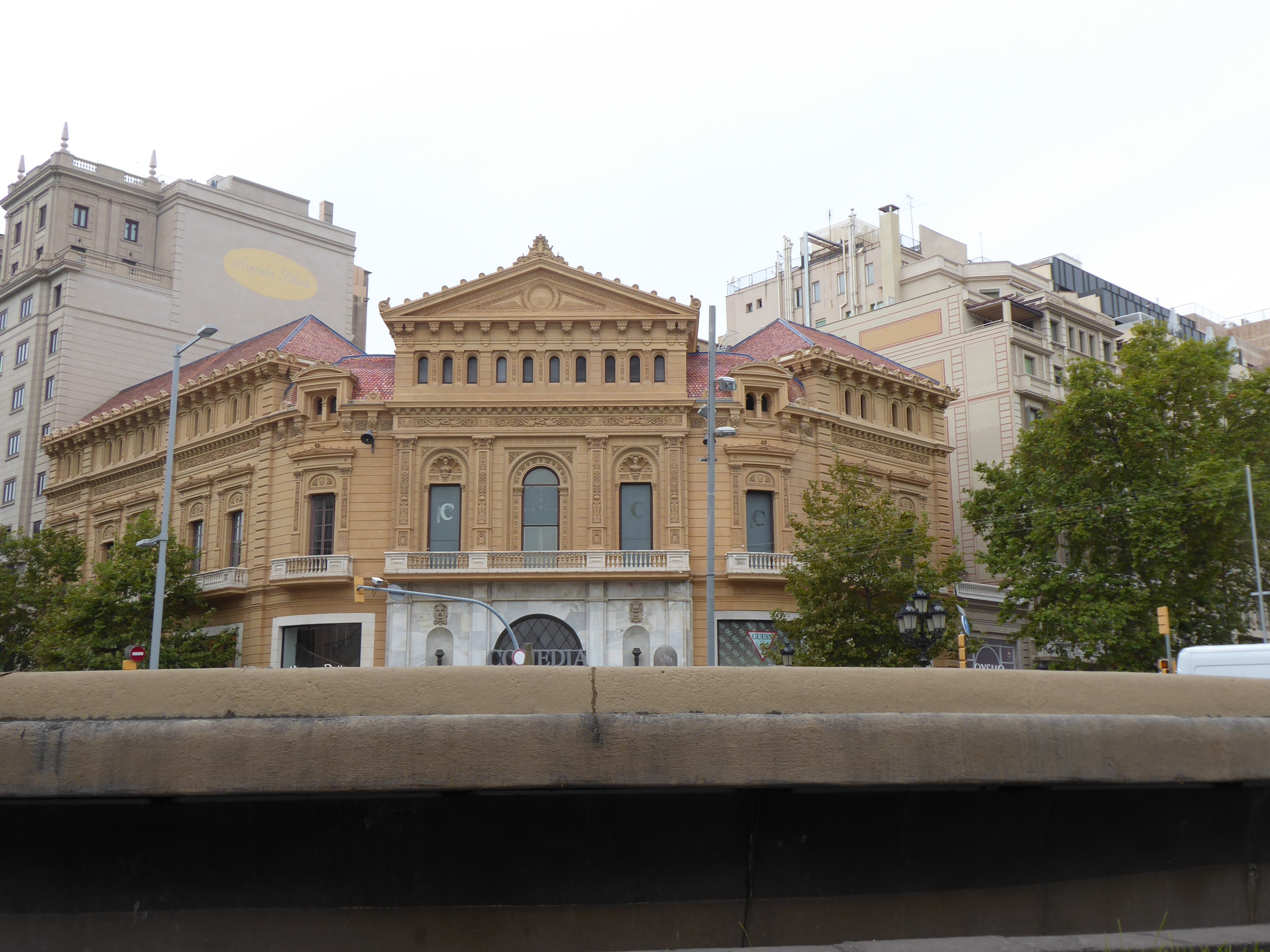 |
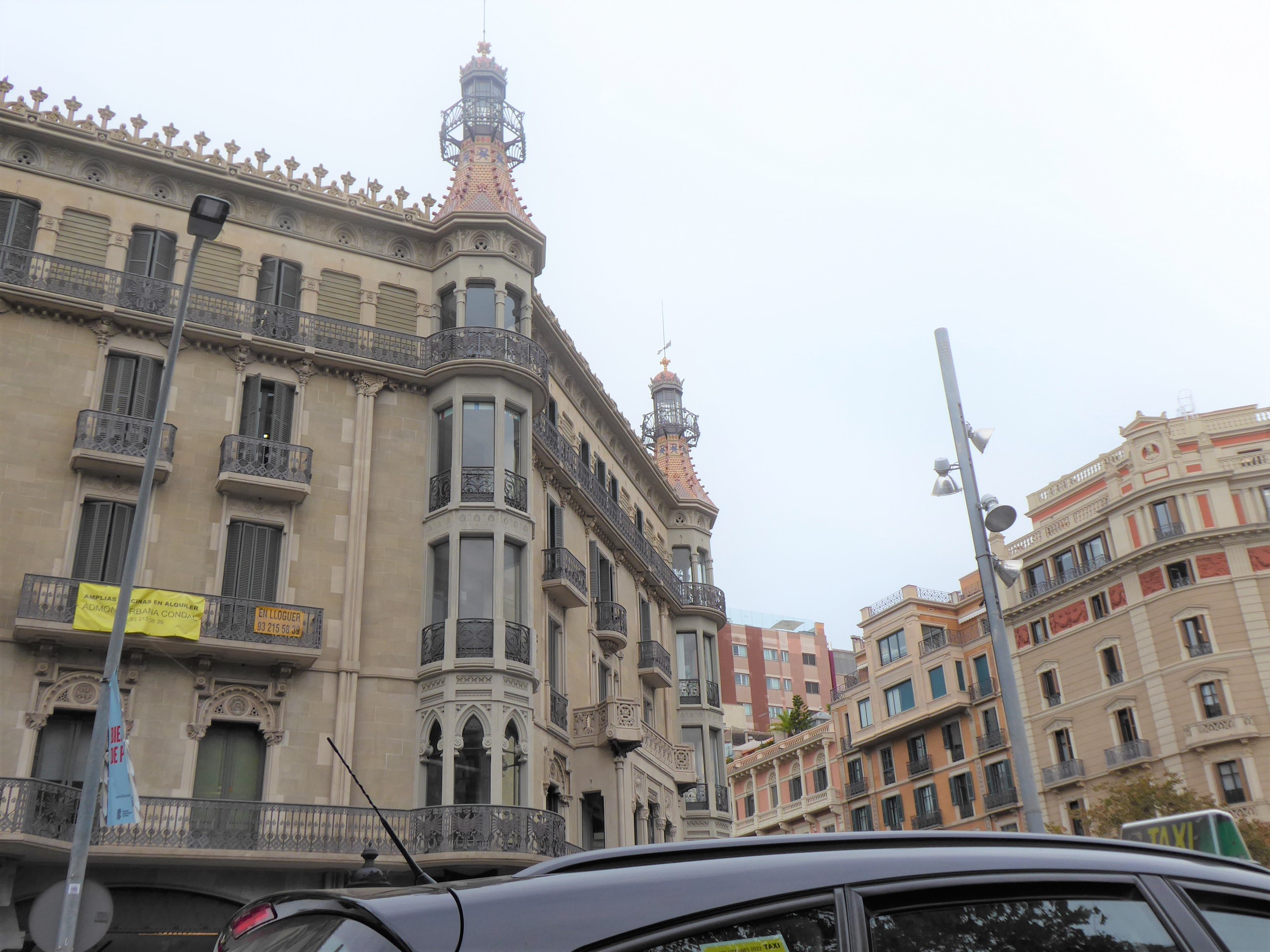 |
 |
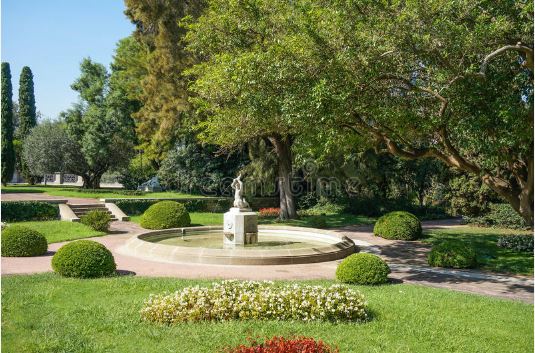 |
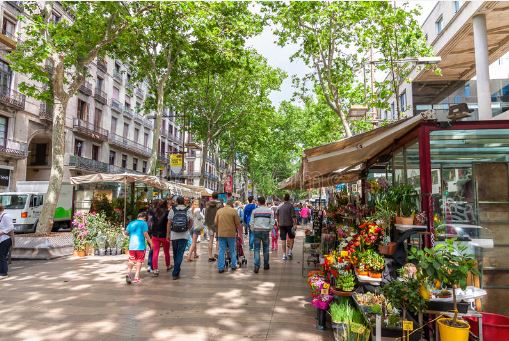 |
 |
A
ntoni Gaudi Cornet (25 June 1852 - 10 June 1926) was a Catalan architect from Spain known as the greatest exponent of Catalan Modernism. Gaudi's works have a highly individualized, sui generis style. Most are located in Barcelona, including his main work, the church of the Sagrada Familia.
Gaudi's work was influenced by his passions in life: architecture, nature, and religion. He considered every detail of his creations and integrated into his architecture such crafts as ceramics, stained glass, wrought ironwork forging and carpentry. He also introduced new techniques in the treatment of materials, such as trencadis which used waste ceramic pieces.
Under the influence of neo-Gothic art and Oriental techniques, Gaudi became part of the Modernista movement which was reaching its peak in the late 19th and early 20th centuries. His work transcended mainstream Modernisme, culminating in an organic style inspired by natural forms. Gaudí rarely drew detailed plans of his works, instead preferring to create them as three-dimensional scale models and moulding the details as he conceived them.
Gaudi's work enjoys global popularity and continuing admiration and study by architects. His masterpiece, the still-incomplete Sagrada Familia, is the most-visited monument in Spain. Between 1984 and 2005, seven of his works were declared World Heritage Sites by UNESCO. Gaudi's Roman Catholic faith intensified during his life and religious images appear in many of his works. This earned him the nickname "God's Architect" and led to calls for his beatification.
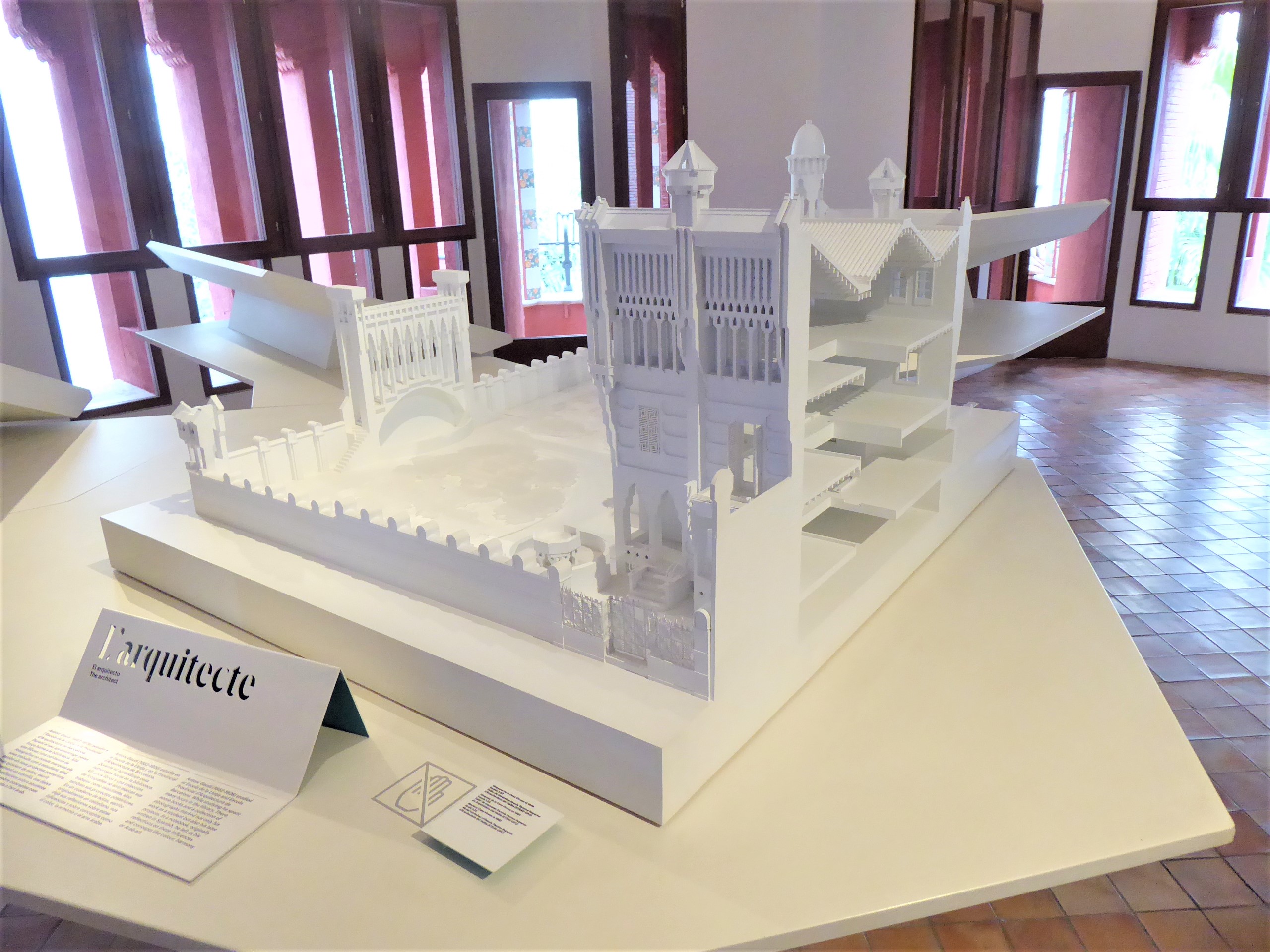 |
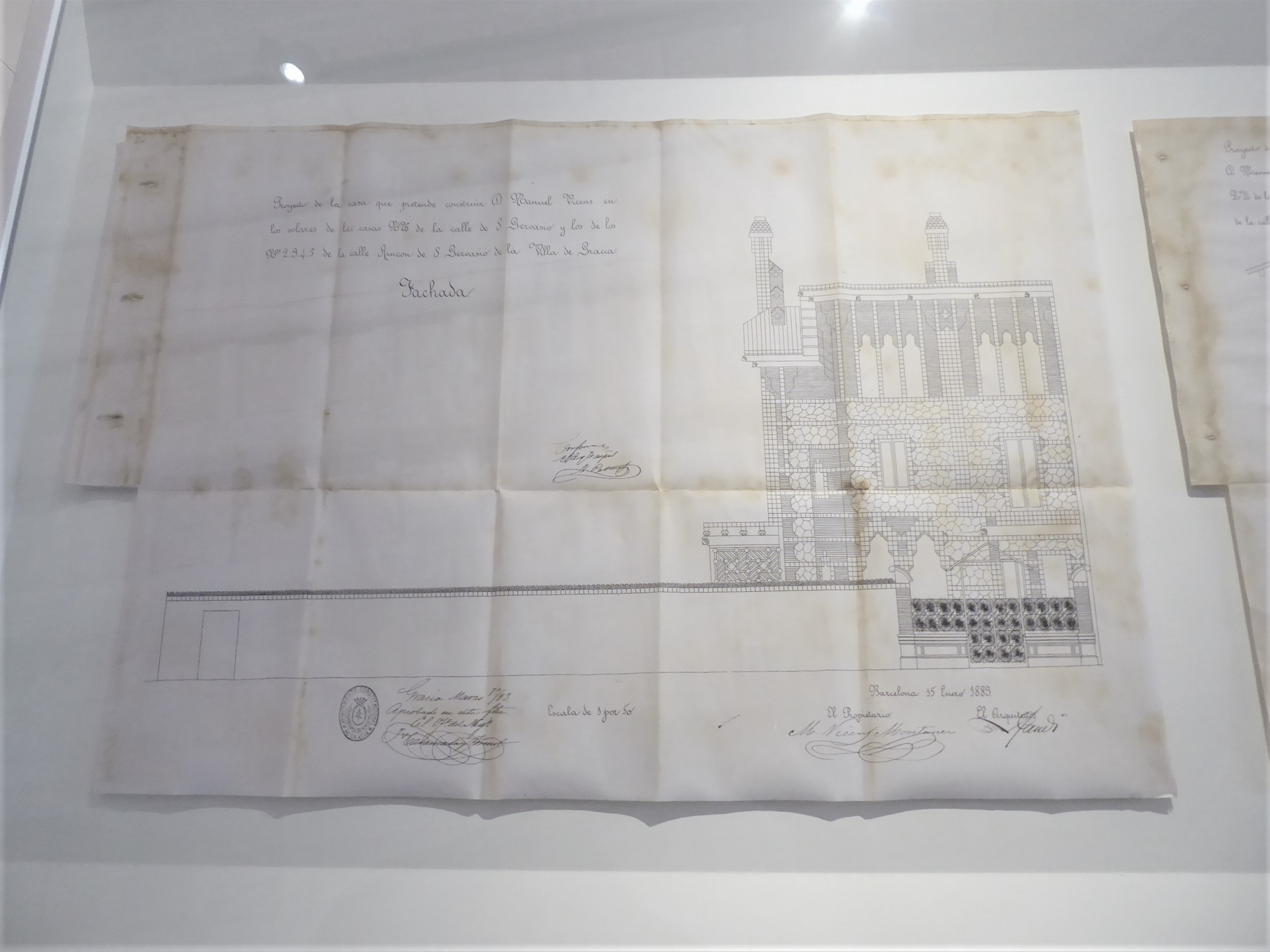 |
D
uring these years Gaudi completed a series of works with a distinctly oriental flavour, inspired by the art of the Middle and Far East (India, Persia, Japan), as well as Islamic-Hispanic art, mainly Mudejar and Nazari. Gaudi used ceramic tile decoration abundantly, as well as Moorish arches, columns of exposed brick and pinnacles in the shape of pavilions or domes.
Between 1883 and 1888 he constructed the Casa Vicens, commissioned by stockbroker Manuel Vicens i Montaner. It was constructed with four floors, with facades on three sides and an extensive garden, including a monumental brick fountain. The house was surrounded by a wall with iron gates, decorated with palmetto leaves, work of Llorenc Matamala. The walls of the house are of stone alternated with lines of tile, which imitate yellow flowers typical of this area; the house is topped with chimneys and turrets. In the interior the polychrome wooden roof beams stand out, adorned with floral themes of papier mache; the walls are decorated with vegetable motifs, as well as paintings by Josep Torrescasana; finally, the floor consists of Roman-style mosaics of "opus tesselatum". Among the most original rooms is the smoking room, notable the ceiling, decorated with Moorish honeycomb-work, reminiscent of the Generalife in the Alhambra in Granada.
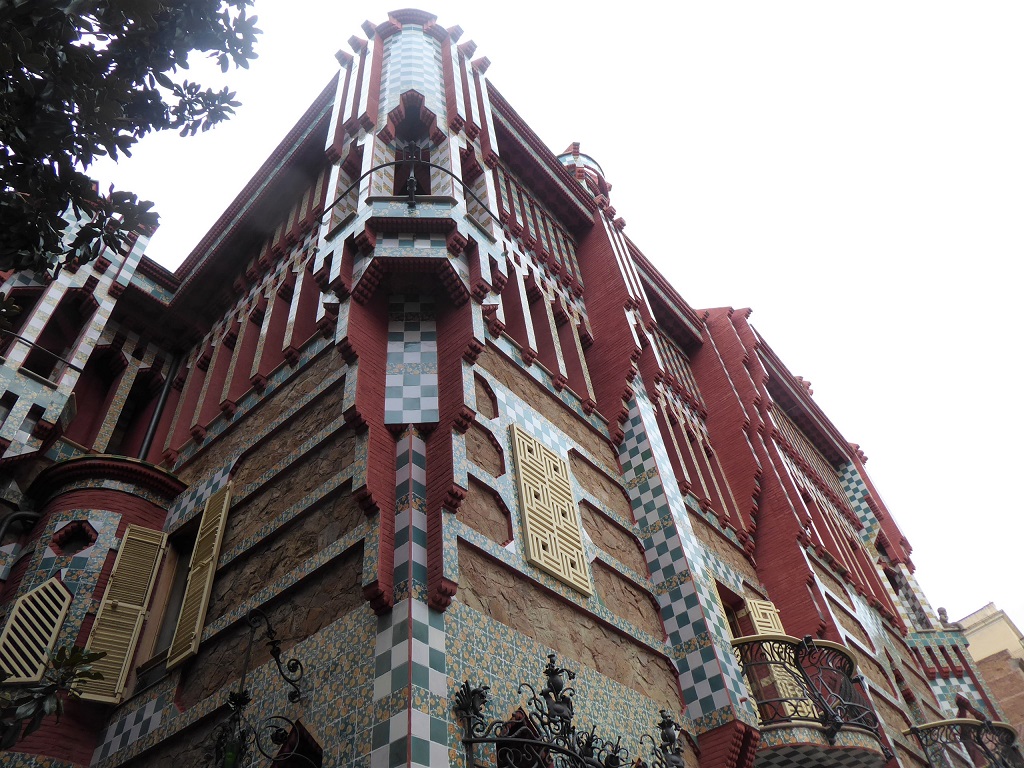 |
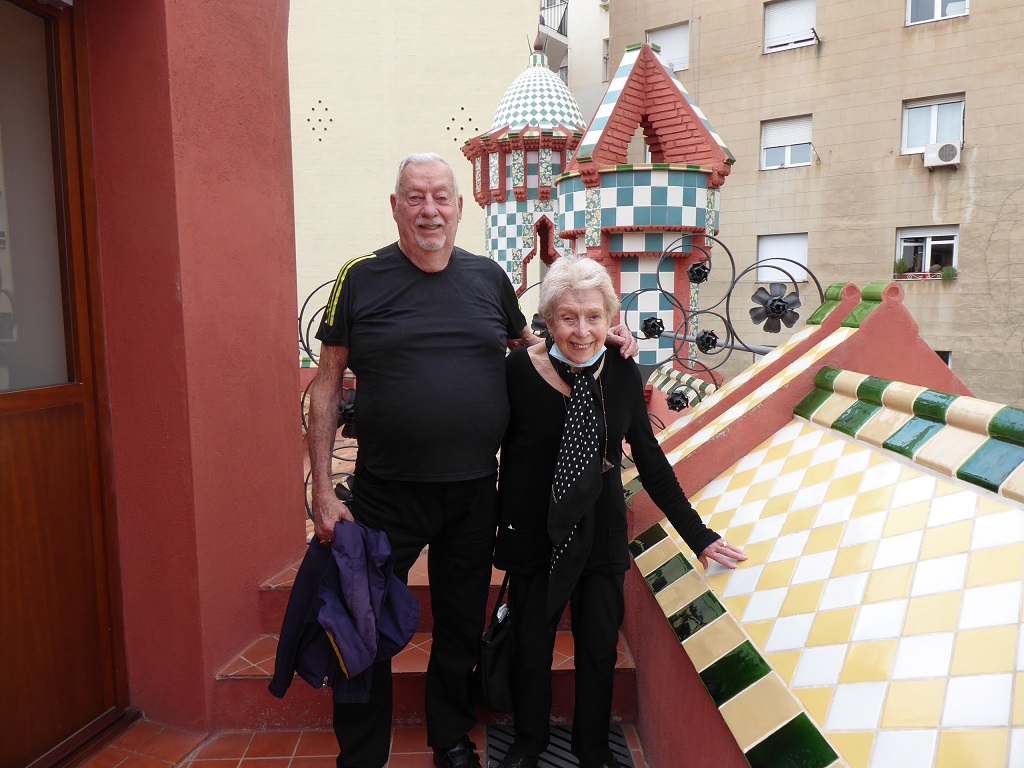 |
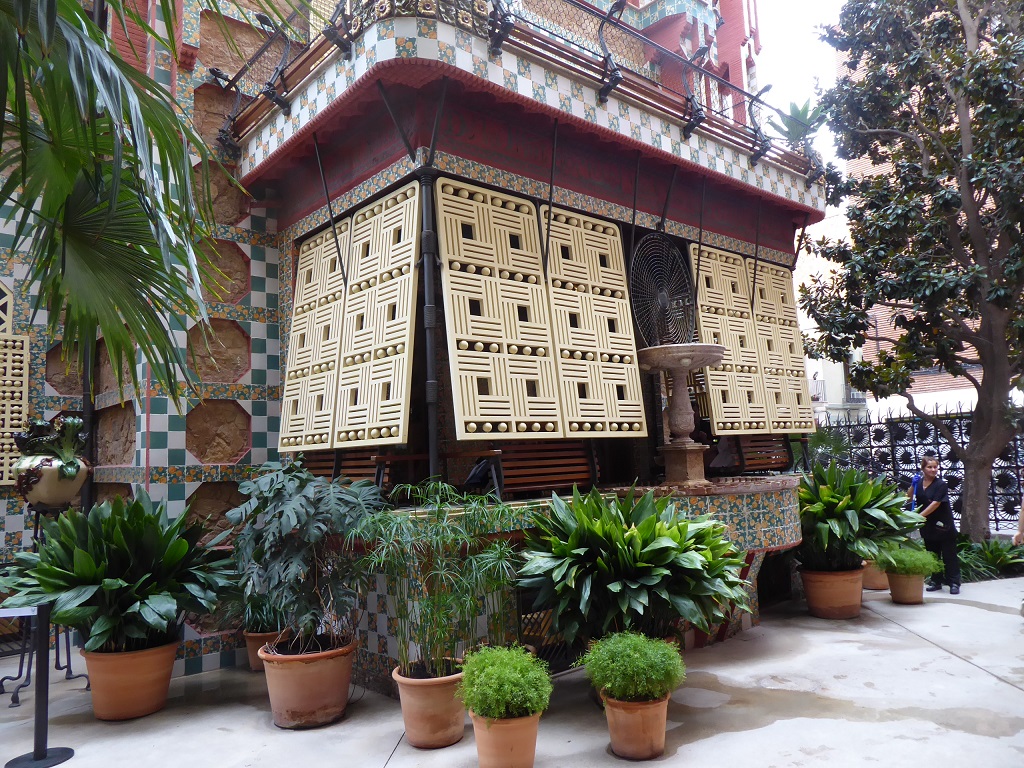 |
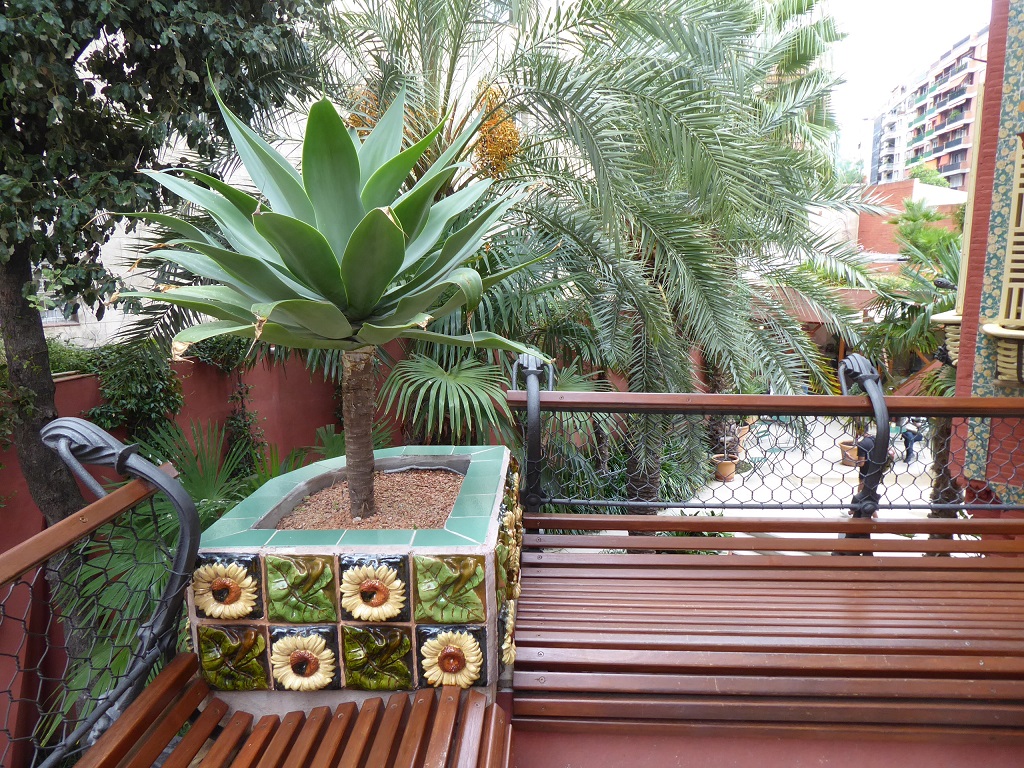 |
|
Porch and fountain to enjoy the weather while being inside! Beautiful planters with sunflower ceramics!
|
|
Second floor room and many other had small corner towers to relax and read in!
|
|
First house in Barcelona with indoor plumbing!
|
 |
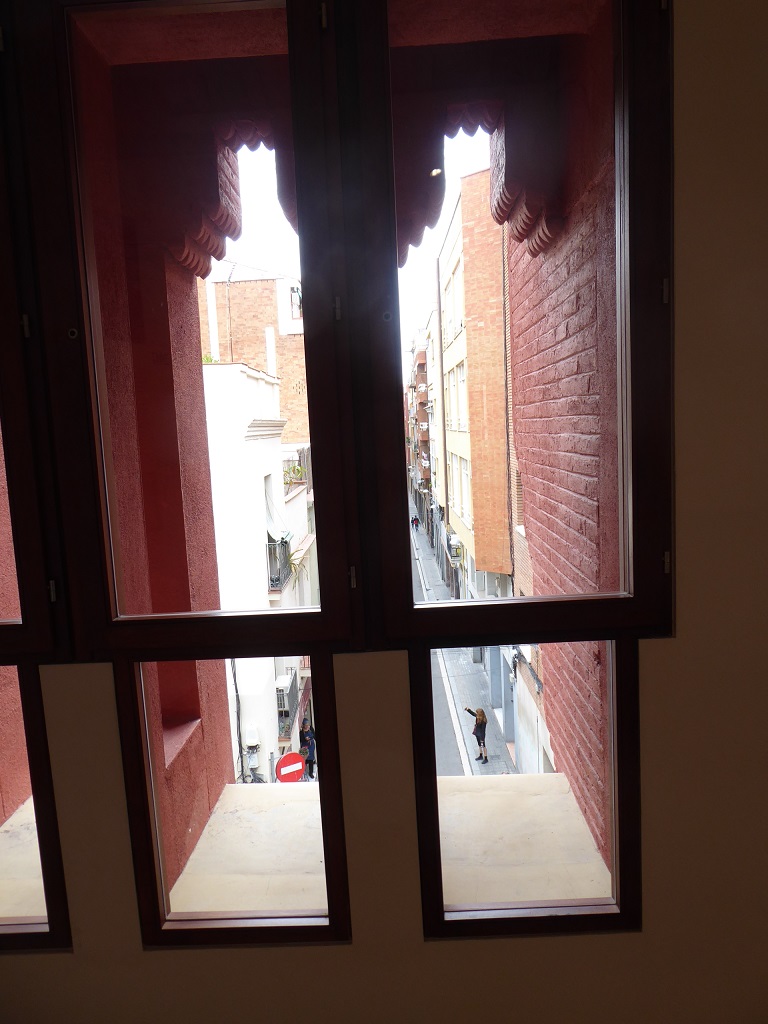 > > |
View of one of the many gardens created around the house. Don't forget, when this was built in the 1880's the area was mostly vacant land with fruit, vegetables and so on being grown.
|
LaVerne wanted to view more of Guadi's furniture but the house was almost empty. A chair and a fireplace over was all they wrote! Various ceramics with the nature themes.
|
|
A well taken rest but soon we will find a taxi to view the Cathedral!
|
F
rom 1915 Gaudi devoted himself almost exclusively to his magnum opus, the Sagrada Familia, a synthesis of his architectural evolution. After completion of the crypt and the apse, still in Gothic style, the rest of the church is conceived in an organic style, imitating natural shapes with their abundance of ruled surfaces. He intended the interior to resemble a forest, with inclined columns like branching trees, helicoidal in form, creating a simple but sturdy structure. Gaudi applied all of his previous experimental findings in this project, from works such as the Park Guell and the crypt of the Colonia Guell, creating a church that is at once structurally perfect, harmonious and aesthetically satisfying.
The Sagrada Familia has a cruciform plan, with a five-aisled nave, a transept of three aisles, and an apse with seven chapels. It has three facades dedicated to the birth, passion and glory of Jesus, and when completed it will have eighteen towers: four at each side making a total of twelve for the apostles, four on the transept invoking the evangelists and one on the apse dedicated to the Virgin, plus the central tower in honour of Jesus, which will reach 172.5 metres (566 ft) in height. The church will have two sacristies adjacent to the apse, and three large chapels: one for the Assumption in the apse, and the Baptism and Penitence chapels at the west end; also, it will be surrounded by a cloister designed for processions and to isolate the building from the exterior. Gaudi used highly symbolic content in the Sagrada Familia, both in architecture and sculpture, dedicating each part of the church to a religious theme.
During Gaudi's life only the crypt, apse and part of the Nativity façade were completed. Upon his death his assistant Domènec Sugranes took over the construction; thereafter it was directed by various architects. Jordi Bonet i Armengol assumed responsibility in 1987 and continued as of 2011. Artists such as Llorenc and Joan Matamala, Carles Mani, Jaume Busquets, Joaquim Ros i Bofarull, Etsuro Sotoo and Josep Maria Subirachs (creator of the Passion facade) have worked on the sculptural decoration. Completion is not expected until at least 2026.
|
Spanish Humor across from the Cathedral
|
W
e stopped at a cafe on the corner just across from the Cathedral. We instantly know something was strange. Dick Waffle! We looked in the open window and had a good laugh, a waffle penis and doughnuts for balls. One even had condom covering it!






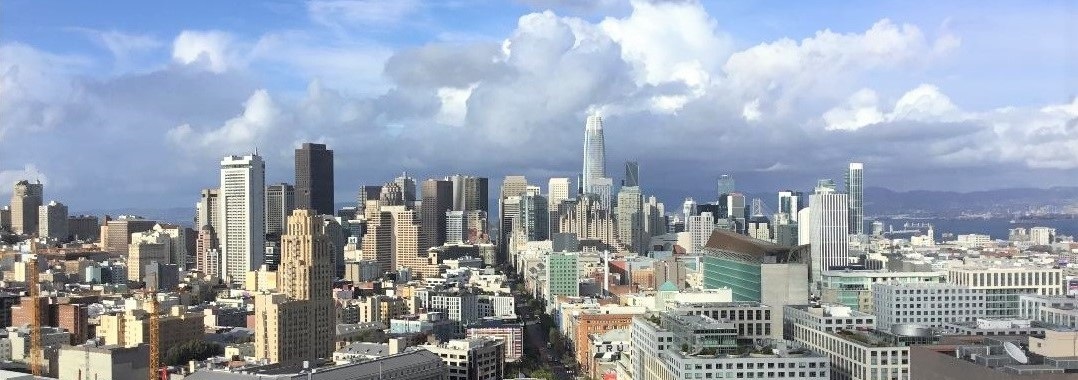
 case she had trouble getting to Barcelona. SAS we thought, would be a great airline to fly on. We found out the airlines are cutting back any perks. The Attendant came by and asked if I wanted dinner. I aske what they served and he gave me a look and said pasta and chicken. One choice. Better than none. I asked about a cocktail and he said they no longer gave a free cocktail, pay or no cocktail. Off he went in a bad moon! A woman attendent came by and said the new policy even said when they were finished with work, had to pay for their own drinks.
case she had trouble getting to Barcelona. SAS we thought, would be a great airline to fly on. We found out the airlines are cutting back any perks. The Attendant came by and asked if I wanted dinner. I aske what they served and he gave me a look and said pasta and chicken. One choice. Better than none. I asked about a cocktail and he said they no longer gave a free cocktail, pay or no cocktail. Off he went in a bad moon! A woman attendent came by and said the new policy even said when they were finished with work, had to pay for their own drinks.















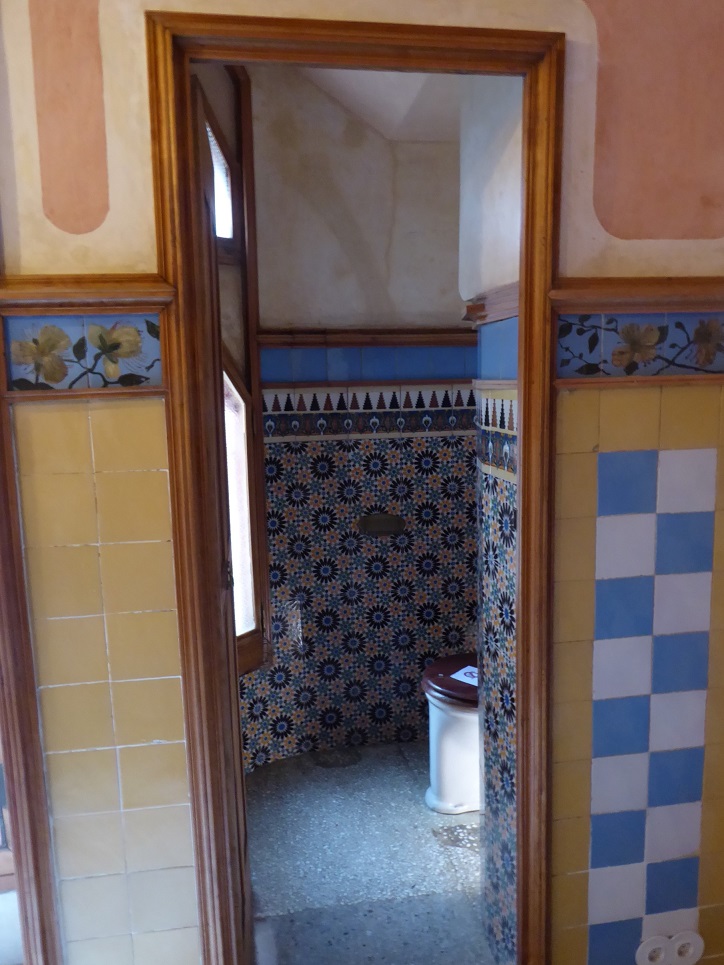

 >
> 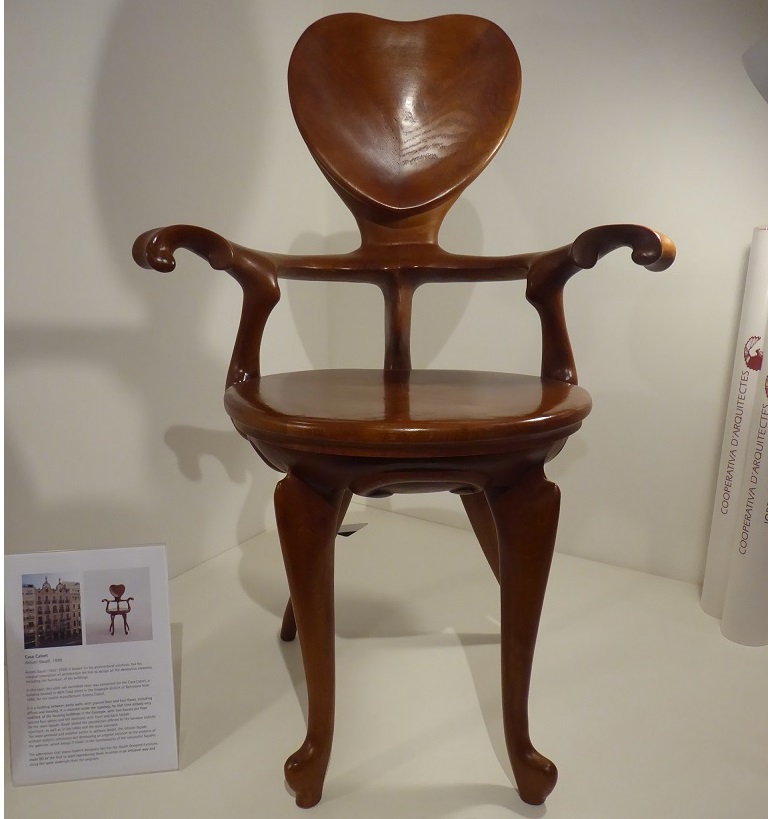
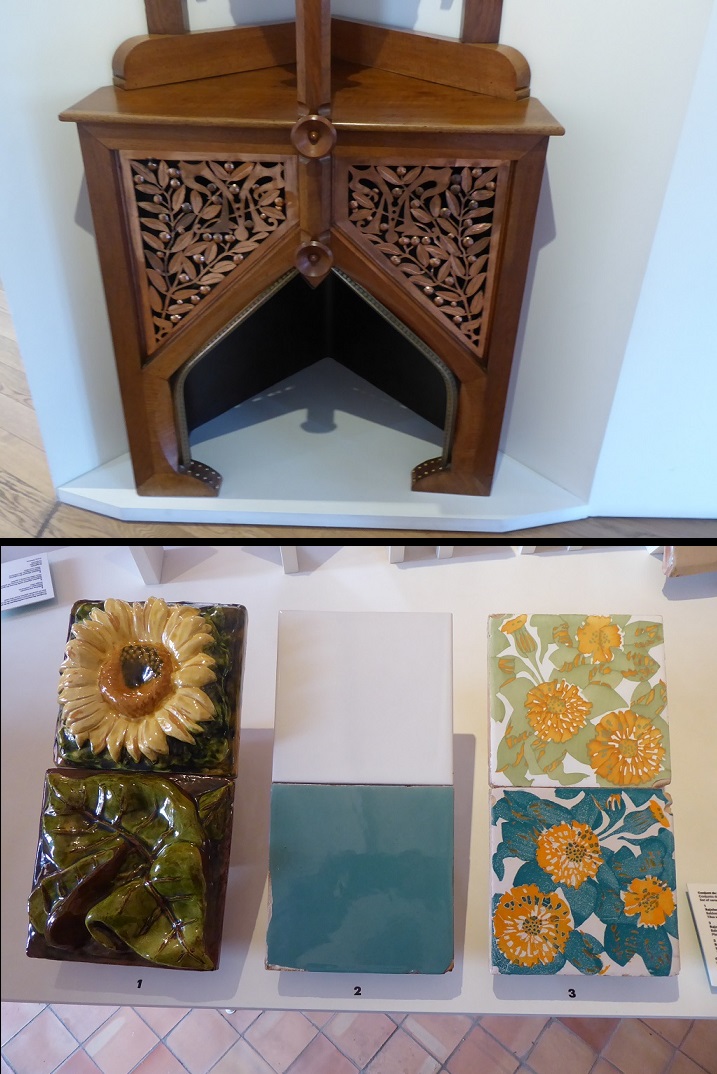
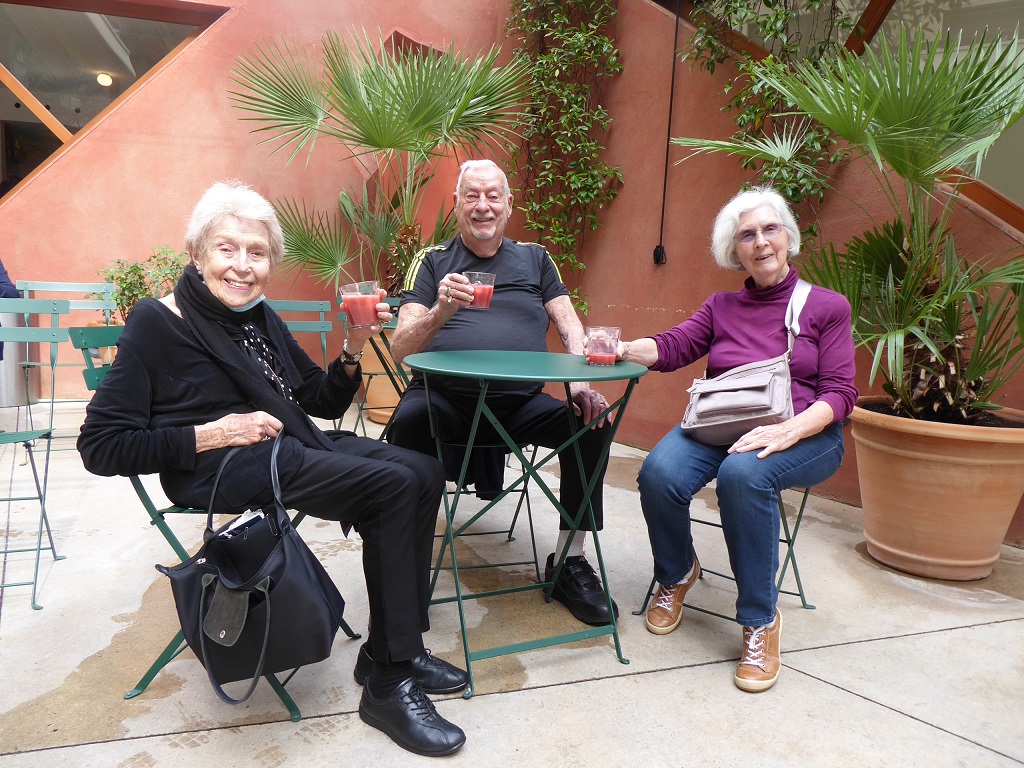
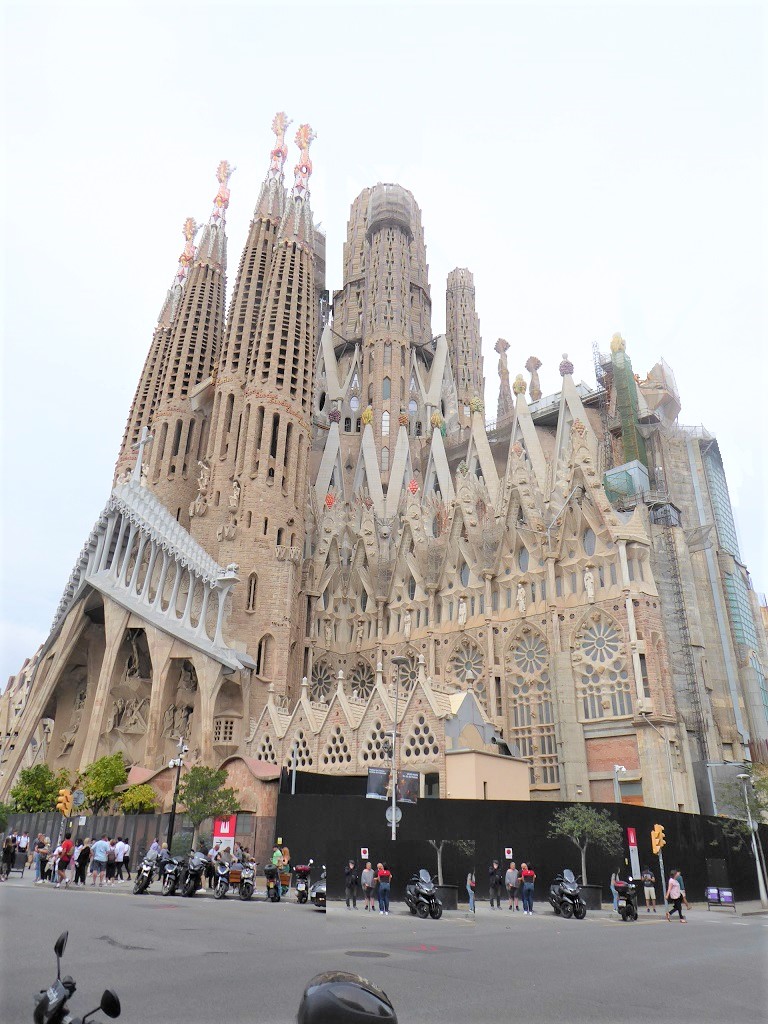
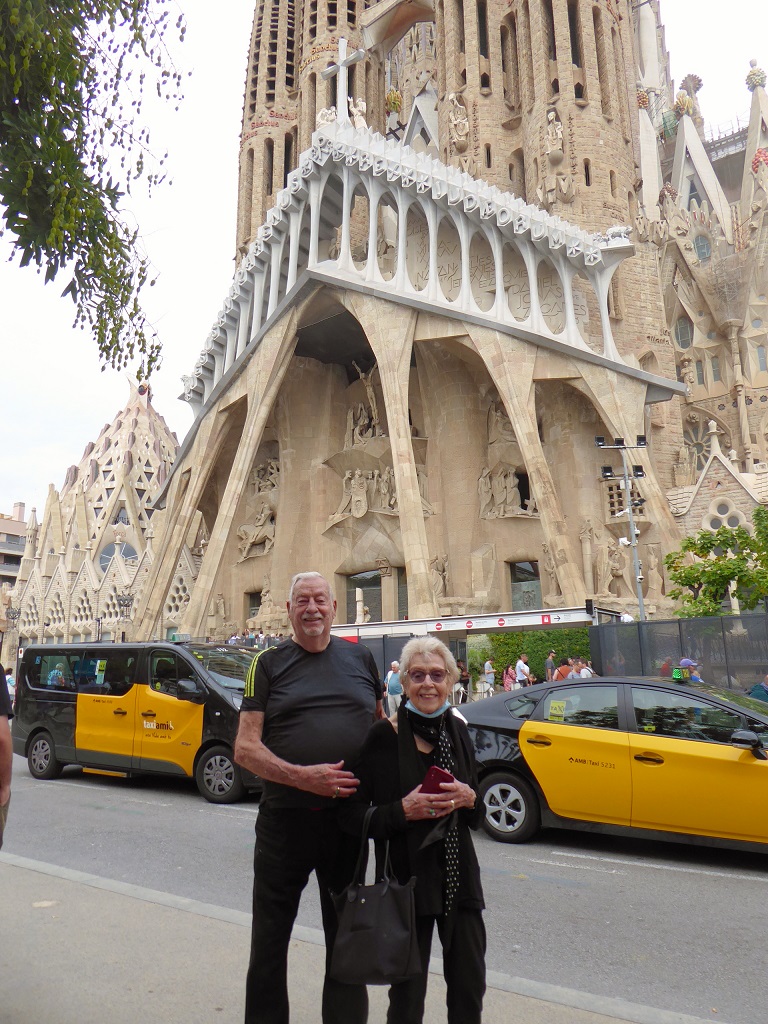

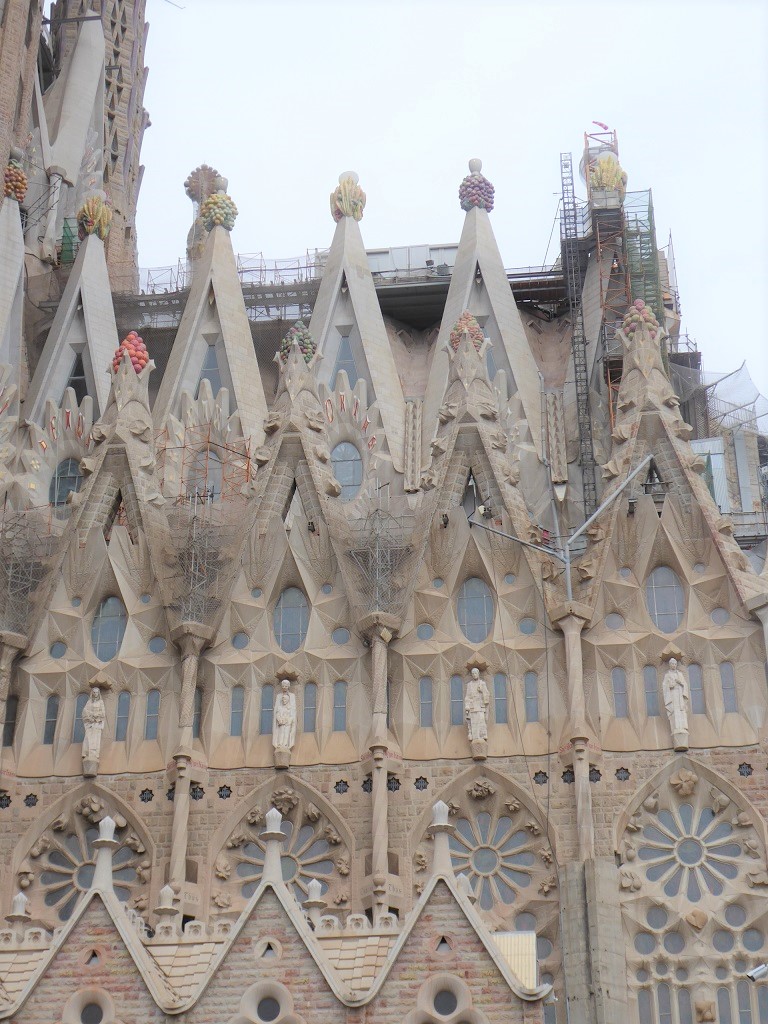

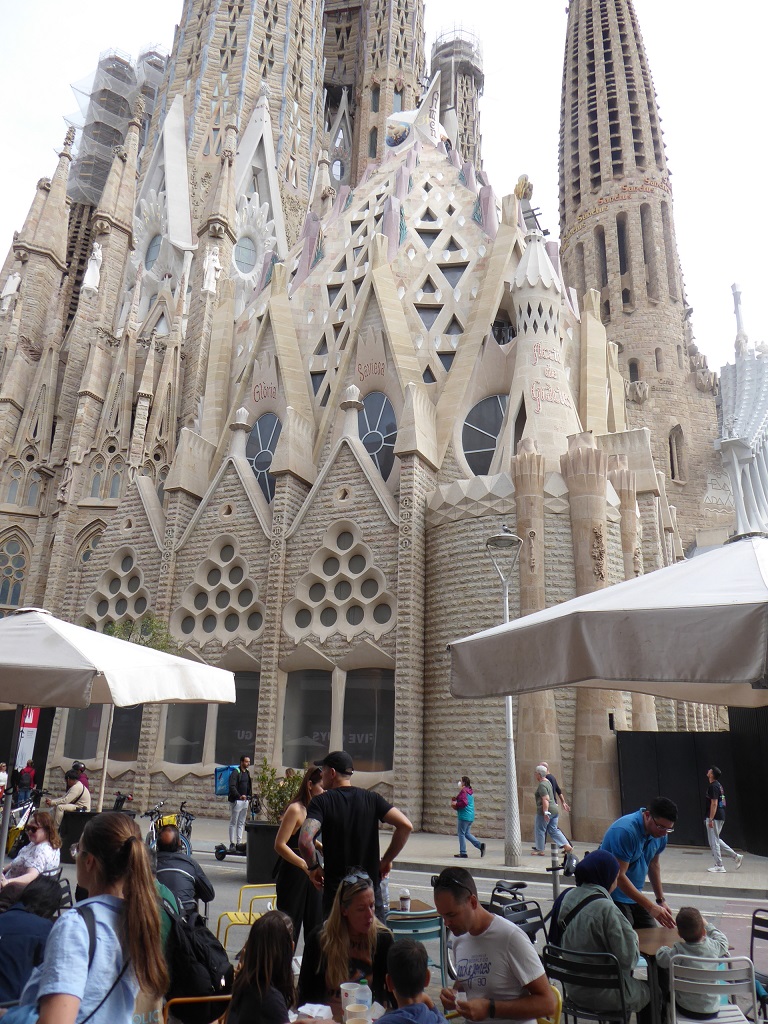
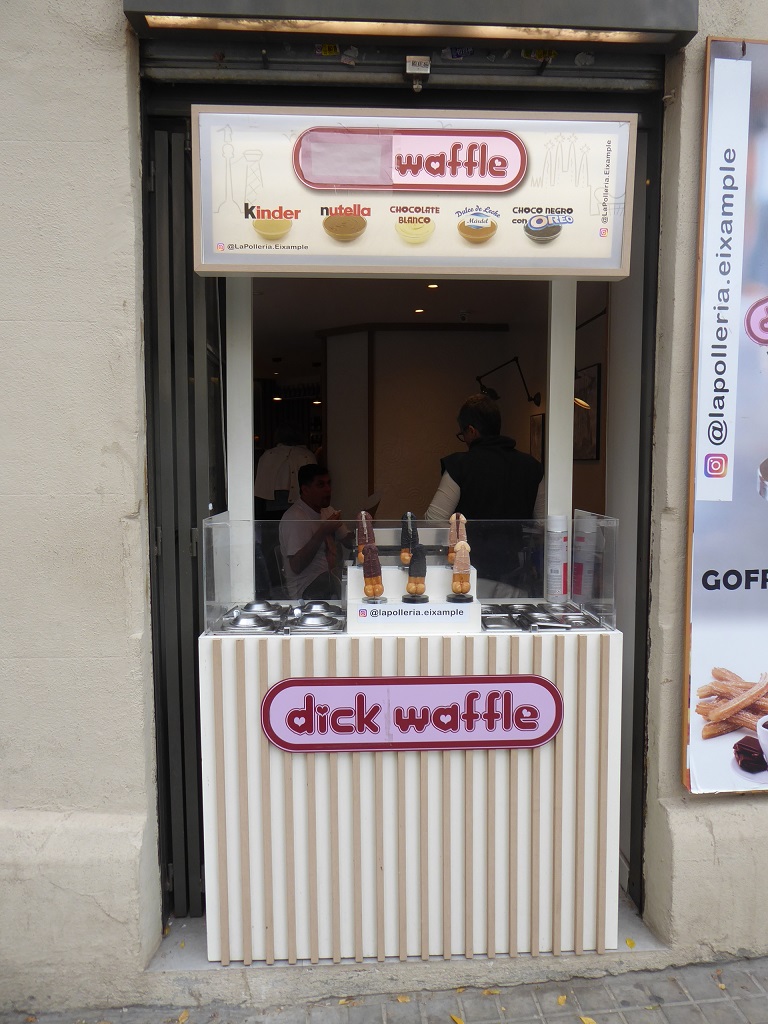

 Home Page
Home Page